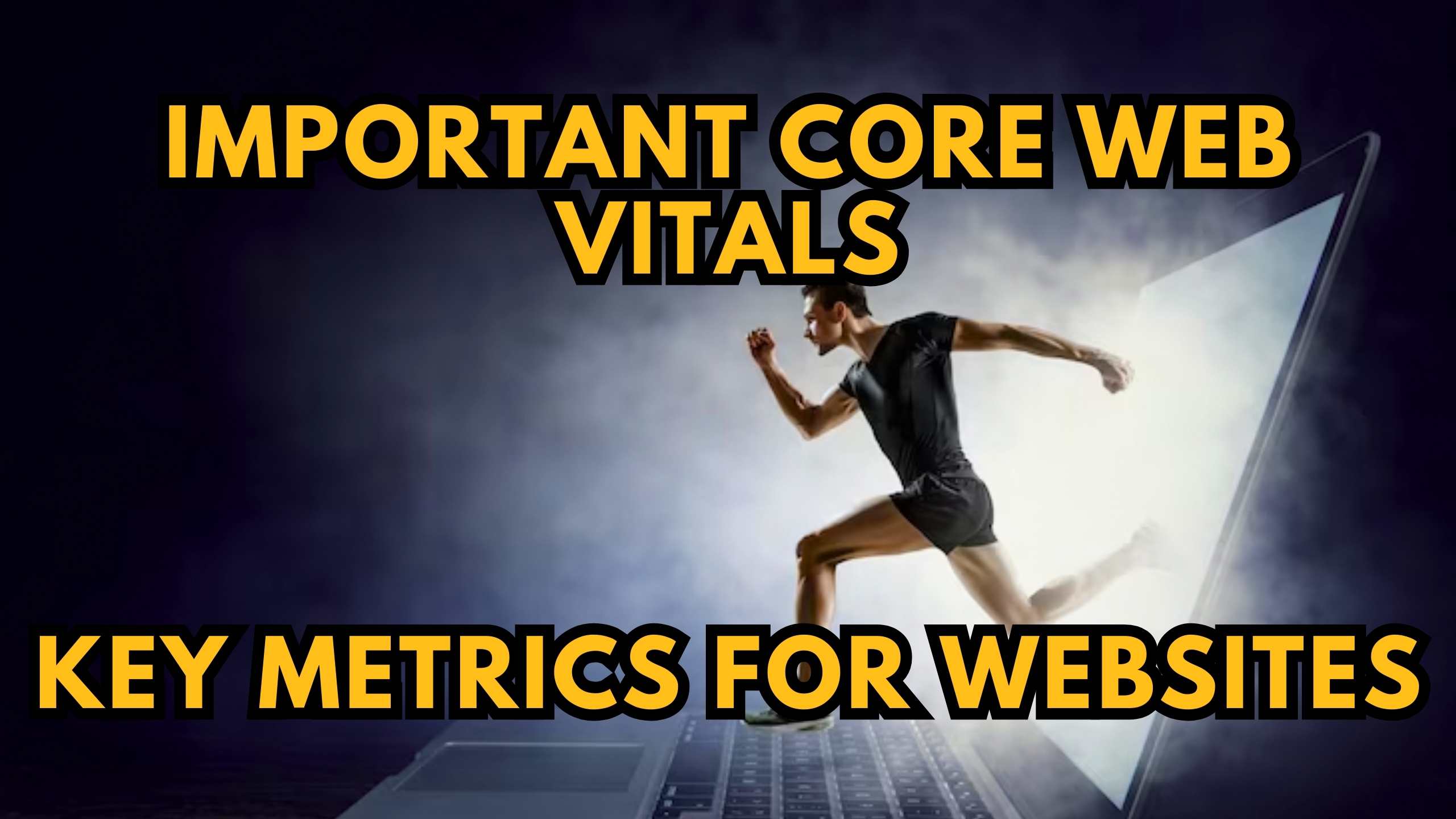Important Core Web Vitals: Key Metrics for Websites


Important Core Web Vitals: Key Metrics for Websites
In the ever-evolving landscape of web development and SEO, understanding and optimizing for Core Web Vitals has become paramount. Let’s delve into the key metrics that make up Core Web Vitals and explore SaaS tools that can aid you in enhancing your website’s performance.
Largest Contentful Paint (LCP): Speeding Up Your Load Time
Largest Contentful Paint (LCP) is a crucial metric measuring the loading performance of a web page. It gauges the time taken for the largest content element to become visible. Optimizing LCP is vital for retaining user engagement and positively impacting search engine rankings. To improve LCP, consider the following tools:
- Cloudflare: This globally renowned content delivery network not only enhances your website’s speed but also adds an extra layer of security. By reducing server response times, it optimizes content delivery, directly impacting your LCP.
- WP Rocket: Specifically designed for WordPress users, WP Rocket is a powerful caching plugin that significantly improves LCP. By efficiently storing and delivering cached content, it ensures a swift loading experience for your visitors.
- ImageKit: Images contribute significantly to LCP. ImageKit helps in optimizing and delivering images in the most efficient format, ensuring a faster loading time for your web pages.
First Input Delay (FID): Ensuring Responsiveness
First Input Delay (FID) measures the time it takes for a user to interact with your site. Improving FID involves optimizing your site’s responsiveness to enhance the overall user experience. Consider the following tools to minimize FID:
- Hotjar: Hotjar allows you to gain valuable insights into user behavior, helping you identify areas causing delays in user interactions. By understanding how users engage with your site, you can optimize FID effectively.
- Optimizely: A/B testing with Optimizely enables you to experiment with different layouts, ensuring your site responds swiftly to user input. This iterative testing process can significantly reduce FID.
Cumulative Layout Shift (CLS): Delivering a Stable User Experience
Cumulative Layout Shift (CLS) measures the visual stability of a web page. Minimizing unexpected layout shifts is key to enhancing user experience and preventing frustration. Consider the following tools to address CLS:
- Google PageSpeed Insights: Beyond its diagnostic capabilities, Google PageSpeed Insights offers specific suggestions to mitigate layout shift issues. It provides actionable insights into elements causing visual instability.
- Web Vitals Chrome Extension: This extension allows you to assess Core Web Vitals directly in your browser, identifying and addressing layout shift concerns. Real-time monitoring empowers you to make on-the-spot adjustments.
Conclusion
In conclusion, prioritizing Core Web Vitals is not just about meeting Google’s criteria; it’s about providing an optimal user experience. Utilizing the right SaaS tools can streamline your optimization efforts and ensure your website excels in these crucial metrics. By implementing these tools, you’re not just optimizing for search engines; you’re creating a faster, more responsive, and visually stable environment for your users.
Ready to Elevate Your Website’s Performance?
Unlock exclusive deals on top SaaS tools with Subscribed.fyi. Sign up for free and take the first step toward optimizing your Core Web Vitals. Empower your website, manage subscriptions effortlessly, and unlock the secrets to a seamlessly performing online presence.
Relevant Links:





